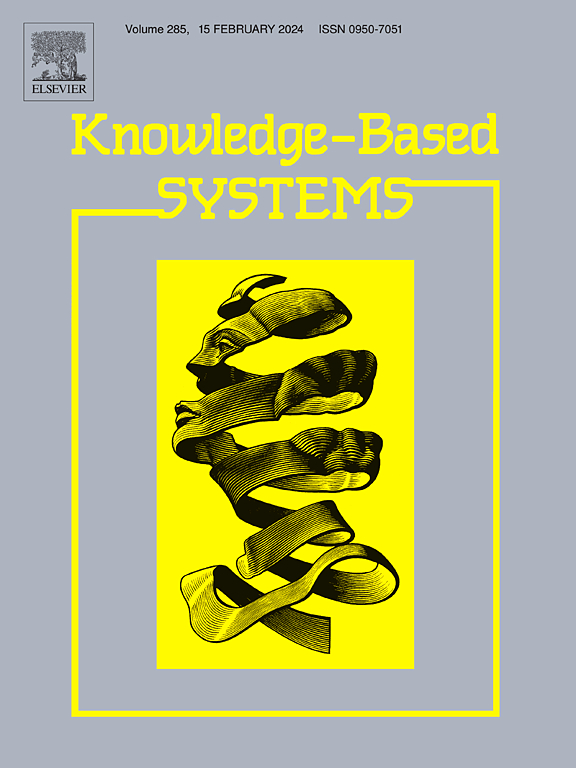基于变换器的视觉跟踪器,具有受限标记交互和知识提炼功能
IF 7.6
1区 计算机科学
Q1 COMPUTER SCIENCE, ARTIFICIAL INTELLIGENCE
引用次数: 0
摘要
最近,单流管道在视觉物体跟踪(VOT)领域取得了重大进展,在该领域,模板和搜索图像在早期阶段就会相互作用。然而,单流管道存在一个潜在问题:它们对物体和背景(或其他无关部分)一视同仁,导致提取特征的可区分性较弱。为了解决这个问题,本文提出了一种基于非对称关注机制的受限标记交互模块,它将搜索图像分为有价值部分和其他部分。只有有价值的部分才会被选中与模板进行交叉关注,从而更好地将物体与背景区分开来,最终提高定位精度和鲁棒性。此外,为了避免繁重的计算开销,我们利用对数蒸馏法和定位蒸馏法分别优化分类头和回归头的输出。同时,我们将蒸馏区域分开,并在不同区域应用不同的知识蒸馏方法,以有效确定哪些区域最有利于分类或定位学习。我们在主流数据集上进行了广泛的实验,在满足实时性要求的同时,我们的跟踪器(命名为 RIDTrack)取得了令人满意的结果。本文章由计算机程序翻译,如有差异,请以英文原文为准。
A transformer based visual tracker with restricted token interaction and knowledge distillation
Recently, one-stream pipelines have made significant progress in visual object tracking (VOT), where the template and search images interact in early stages. However, one-stream pipelines have a potential problem: They treat the object and the background equally (or other irrelevant parts), leading to weak discriminability of the extracted features. To remedy this issue, a restricted token interaction module based on asymmetric attention mechanism is proposed in this paper, which divides the search image into valuable part and other part. Only the valuable part is selected for cross-attention with the template so as to better distinguish the object from the background, which finally improves the localization accuracy and robustness. In addition, to avoid heavy computational overhead, we utilize logit distillation and localization distillation methods to optimize the outputs of the classification and regression heads respectively. At the same time, we separate the distillation regions and apply different knowledge distillation methods in different regions to effectively determine which regions are most beneficial for classification or localization learning. Extensive experiments have been conducted on mainstream datasets in which our tracker (dubbed RIDTrack) has achieved appealing results while meeting the real-time requirement.
求助全文
通过发布文献求助,成功后即可免费获取论文全文。
去求助
来源期刊

Knowledge-Based Systems
工程技术-计算机:人工智能
CiteScore
14.80
自引率
12.50%
发文量
1245
审稿时长
7.8 months
期刊介绍:
Knowledge-Based Systems, an international and interdisciplinary journal in artificial intelligence, publishes original, innovative, and creative research results in the field. It focuses on knowledge-based and other artificial intelligence techniques-based systems. The journal aims to support human prediction and decision-making through data science and computation techniques, provide a balanced coverage of theory and practical study, and encourage the development and implementation of knowledge-based intelligence models, methods, systems, and software tools. Applications in business, government, education, engineering, and healthcare are emphasized.
 求助内容:
求助内容: 应助结果提醒方式:
应助结果提醒方式:


